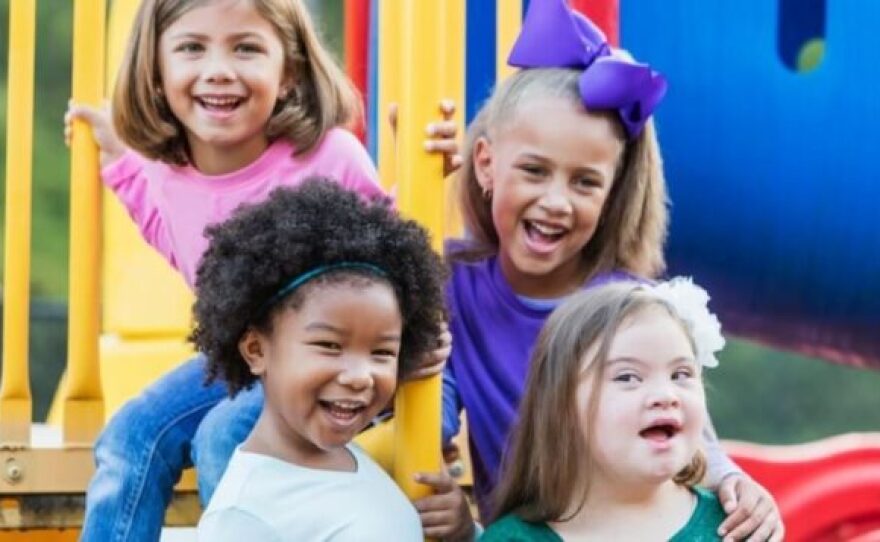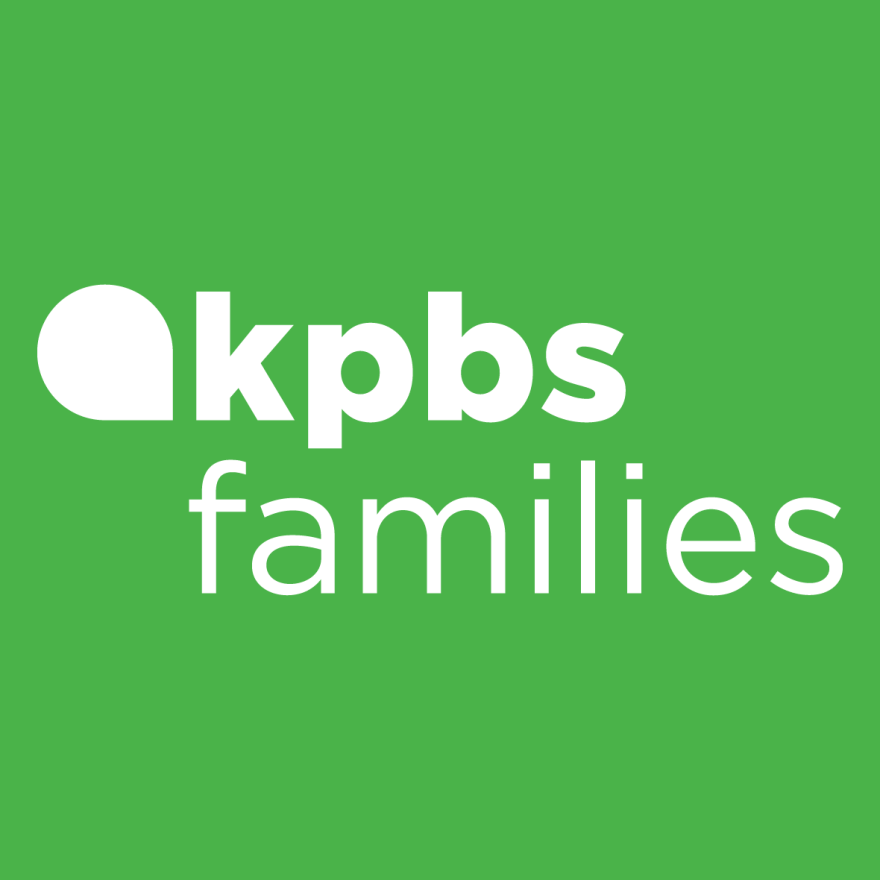Last week at the library, my 6-year-old pulled The Kissing Hand off the shelf. “Look, mommy! You read this book to me before I started kindergarten last year! And then you kissed my hand so I could keep your love with me ALL DAY, remember?”
Of course I remembered. I remembered her nervous energy — and my own! — as we approached that momentous first day. When I taught elementary school, I began the year by asking the class, “Did anyone else have trouble sleeping last night?” And every year, several hands would slowly rise, followed by ripples of relieved laughter. When adults share their own emotions, and give kids space to express theirs, it reminds children that “big feelings” are absolutely normal. Everyone gets a little bit nervous before they start something new.
The first day of school is a transition, and transitions — even good ones — create stress. It takes a lot of energy to adjust to a new routine and get to know new teachers and classmates. As one veteran kindergarten teacher reminds parents: “It takes most children about six weeks to adjust to a new school year. Don’t be surprised if they are tired or emotional after school for the first few weeks. They may need a little extra patience and love.”
Here are three strategies for helping your child get ready for a new year.
Talk about what to expect
Years ago, I was substituting in a kindergarten class and inadvertently left “lunch” off the daily wall schedule. Two children promptly burst into tears, convinced that lunch was canceled. It reminded me that kids crave predictability and feel more confident when they know what to expect. Fred Rogers once said, “When children know ahead of time what’s going to happen — and not happen — they can prepare themselves for what’s coming. They can think about it and get used to their feelings about it.”
In the Daniel Tiger episode where he gets ready to enter school, his mom sings, “When we do something new, let’s talk about what we’ll do.” Talk to your child about what to expect in practical, step-by-step terms. What will the morning routine at home look like? What will they need to put in their backpack each day? How will they get to school? What will they do there?
If your school hosts a back-to-school open house or allows you to visit classrooms before the first day, be sure to attend. This will help your child visualize the new environment. Likewise, if the school provides a daily schedule, post it in the house so that you can preview it with your child and give them a sense of the order and rhythm of the school day.
Read about it
Reading books together is another way to “talk about what to expect.” Some young children may not want to share their feelings about school — or may not yet have the language to do so — but when they read about how characters are reacting and feeling, it creates a safe space for exploring these themes. Books can also help kids visualize typical school routines and scenarios.
Here are 10 “back to school” titles you can find up at your local library.
- Daniel Goes to School (A Daniel Tiger book), by Becky Friedman
- The Kissing Hand, by Audrey Penn
- Wemberly Worried, by Kevin Henkes
- Chrysanthemum, by Kevin Henkes
- Maisy Goes to Preschool: A Maisy First Experiences Book, by Lucy Cousins
- Miss Bindergarten Gets Ready for Kindergarten, by Joseph Slate
- On the First Day of Kindergarten, by Tish Rabe
- This School Year Will Be the BEST!, by Kay Winters
- The Night Before Kindergarten, by Natasha Wing
- School’s First Day of School, by Adam Rex
Remind them: “you are brave and kind”
Every child can be brave, and every child can be kind. These two traits will help children thrive socially, emotionally and academically. When you see your child acting courageously or being kind to others, point it out. These are powerful words for kids to learn as they begin to shape their sense of who they are and how they relate to others.
- Courage: A little dose of courage can make all the difference in facing the social and academic challenges that come with a new school year. Bravery doesn’t mean we are never scared! Rather, it means we do not let fear hold us back from exploring new opportunities, developing our skills and doing what is right. As Dr. Susan David writes, “Courage is fear walking.” For a preschooler, kindergartener or first grader, courage might look like meeting a new teacher, saying goodbye to mom or dad in the morning, trying an activity for the first time, learning new skills that take effort or reaching out to a classmate who needs a friend. For example, this summer, as my daughter got on her first bike and began to pedal up a hill, I heard say to herself, “I can do this. I am brave. I am brave. I am brave.”
- Kindness: As you approach the start of a new year, talk with your kids about simple ways they can show kindness to classmates: introducing themselves, sharing toys or supplies, including others at recess and lunch, offering compliments, and telling an adult if they see another child hurt or in distress. Learn more tips for helping your child to be inclusive and empathetic.
And of course, remind your child that this school year, they will grow in every way! They will learn new skills, make new friends, and perhaps even grow an inch or two taller. Just as importantly, they will “grow on the inside.” As Mr. Rogers said, “‘Growing on the inside’ are the words I use when I talk with children about such things as learning to wait, learning to keep on trying, being able to talk about their feelings, and to express those feelings in constructive ways. These signs of growth need at least as much notice and applause as the outward kind, and children need to feel proud of them — even more proud than they may feel when that line on the door jamb goes up another inch.”







